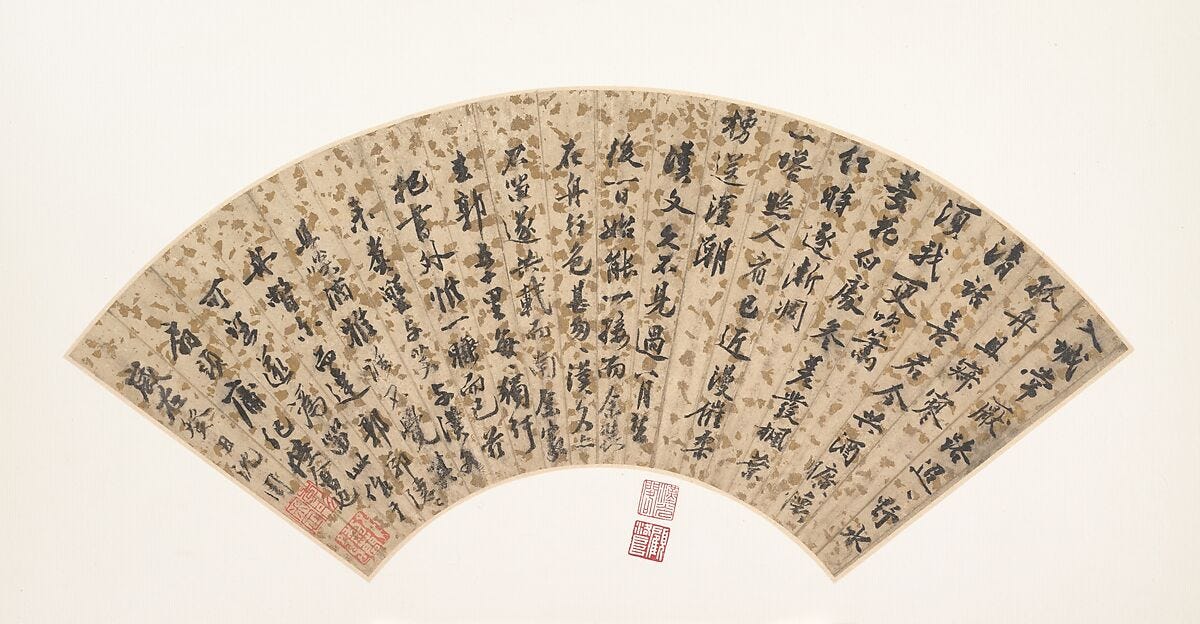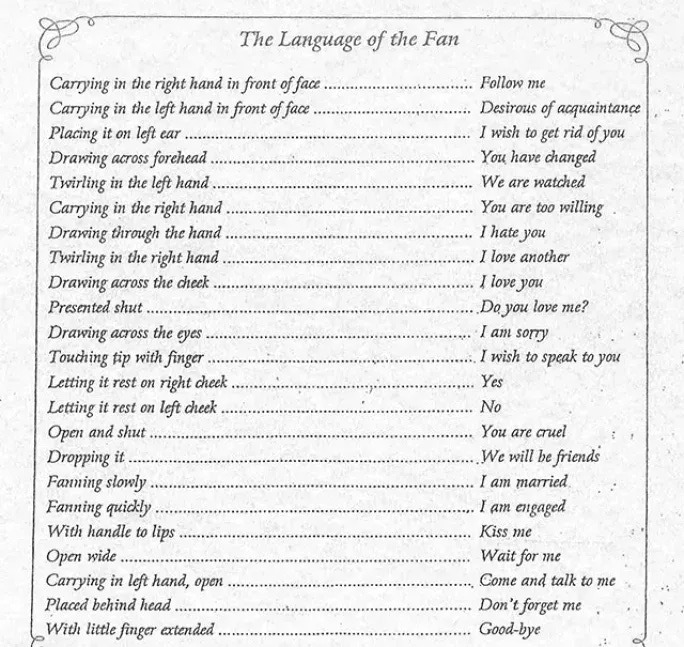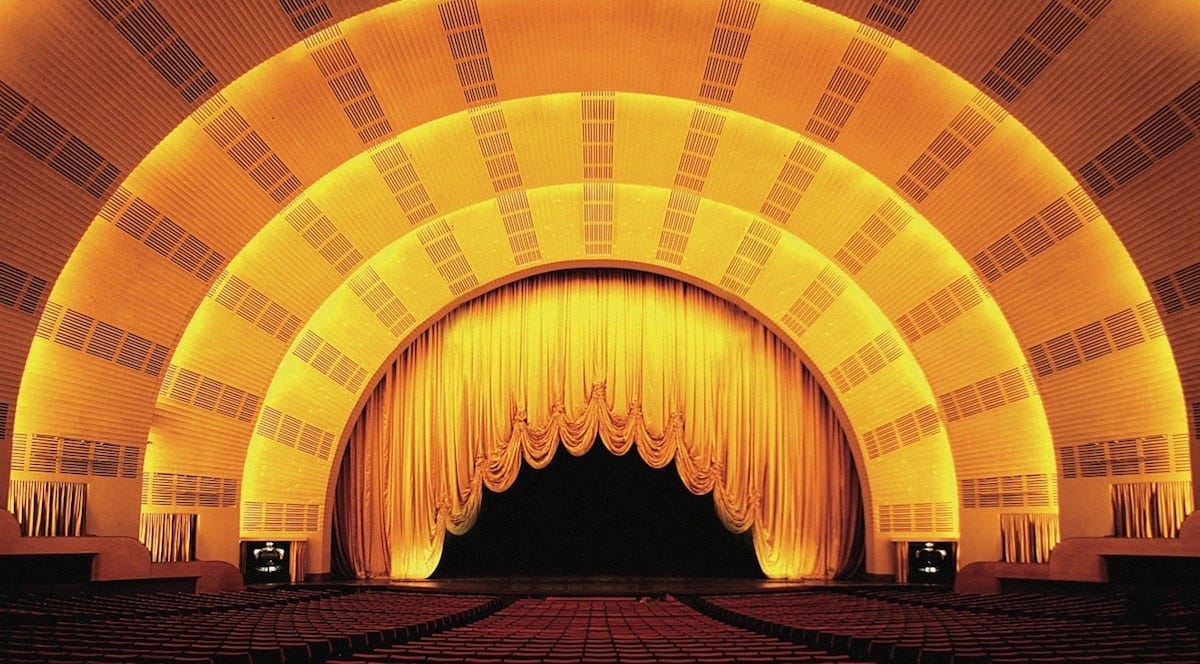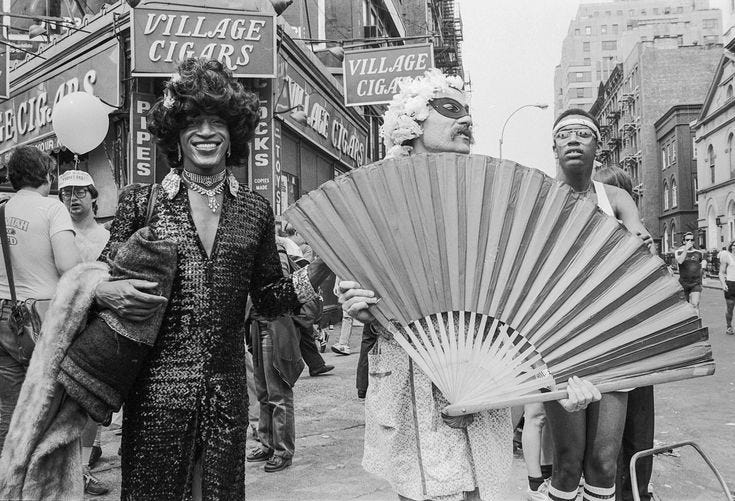The Fashion of Keeping Cool: Why This Is Summer's Accessory for People Who Love Attention
The fashion of the fan and its millennia of drama.
The lapping dog breath of NYC’s summer humidity is seemingly inescapable. The subway announces its labored arrival with a whirl of warm, sticky air. The atmosphere on the sidewalk stagnates and clings to perspiration. Breeze? A distant memory one can only access on a Ferry ride.
New York City summer style is about survival—and fans deserve a distinguished place in your melt-your-face-off-temps go-bag.
Beyond keeping the schvitz at bay, fans are a functional way to bring the *drama*. What’s more melodramatic than a handheld electric fan blowing back your hair a la an 80s supermodel?
Fans are an ancient accessory, their air of glamour is cultivated by its rich history with aristocracy and performance. Being fanned, or fanning oneself, has an association with the upper echelons of society for thousands of years.
The origins of cool
As early as 3000 BCE, the first fans in ancient Egypt emerged to fawn pharaohs and priests in the scorching desert heat. The fans also served as a symbol of divinity and nobility, they were thought to cultivate life force or ka in Egyptian cosmology.
Egyptian fans were status items and were found buried in the Pyramids alongside pharaohs like King Tut. Unlike the fans we picture today, the early fans of ancient Egypt were affixed to long poles, operated by fan-bearers. Fan-bearing was a covetable gig, as the proximity to the royalty desirable and prestigious.
Under the Zhou dynasty in China, fans were popularized, as throughout their history they were both functional and objets d’art. The Chinese embellished their fans with calligraphy and pastoral scenes. Under the Han dynasty, folding fans were invented, later the Tang and Song dynasties, fans became stapes of aristocratic expression in the royal courts.

China debuted the folding fan, but Japan perfected it in the 6th century. The folding fan (ōgi/sensu) was a cultural artefact, used for signaling rank in sumurais. Geishas later incorporated fans into their choreographed dances.
From trade with China and Japan, the fan(dom) spread to Islamic courts, gaining popularity among a new class of nobility. The Islamic and Mughal royals put their opulent spin on the accessory, adorning their fans with peacock feathers, jewels & silk.
In the 15th century, colonial exchange along trade routes led to the adaptation of the fans in Spain. Much like the sophisticated seduction of the Geisha’s dances, fans in Spain (called abanico) quickly became an essential component of the flamenco dance, where gesticulations of the fan were coded signals of flirtation.
It wasn’t long before the French court of Louis XIV took note of these expressive accessories and wanted in. By the 18th century, fans were staples of women’s wardrobes and tools of their sexual autonomy. Drawing a fan across your cheek was a nonverbal “I love you”, and twirling the fan in your left hand could signal to your suitor that you were being watched. Fans’ associations with feminine sensuality were further cemented.

Fans in the 20th Century
Fans were repopularized in the Art Deco movement of the 1920s and 1930s, a time of widespread economic growth, which lent to an aesthetic affinity toward glamour and luxury.
The fan motif is a hallmark of the Art Deco styles. Designers of the time, seeking to evoke the grandeur of nobility, used fan shapes to evoke distinction and prosperity in their works across design, fashion, and architecture.

Flappers, like the Geishas of China and later the flamenco dancers of Spain, immediately understood the graceful allure that fluttering fans could bring to dance and quickly incorporated them into the fashions of the time.
By the Midcentury, the democratization of modern comforts such as central air cooled tastes for fans, which were seen as archaic and out-of-fashion.
But the haute accessory did not go completely extinct. For years fans took refuge from changing styles in drama circles where it remained a popular prop; namely with burlesque and drag.
Fans “throw shade”
Around the 1980s, the fan experienced another identity transformation, as LGBTQ+ communities in the Harlem Ballroom Dance scene brought them back into vogue — pun intended.
Dramatic, oversized fans were used in voguing battles to “throw shade” — a signal of dominance over an opponent. Ballroom culture of the 1980s reclaimed the accessory, brandishing it as a tool of camp, sensuality, drama, and gender play.

Due to their recent cultural history, fans conjure associations with sensuality, dance, gender play, and theatre. From ballroom to burlesque, fans are predominantly recalled as props of camp expression.
Summer’s perfect accessories for main characters
Its thespian and posh lore contextualizes why fans are such a flamboyant pièce de résistance for main characters.
For ages, fans have been flapped firstly to command attention—secondly, to ventilate. Form, then function.
Like an exotic bird may flap their feathers to attract a mate, flicking a fan feels both coquettish and covertly sensual.
Fans are more than portable airflow—they are props to add drama and mystique to any effortlessly cool summer look. Stay breezy!





ok I have resisted the urge to buy an electric fan but this post (not the humidity or the heat!) has genuinely made me want to buy one.